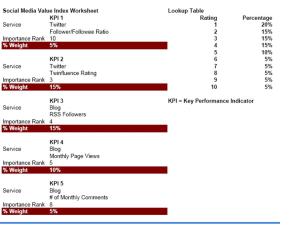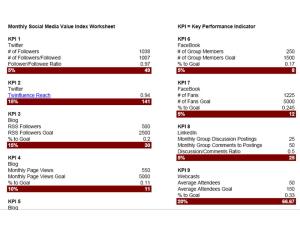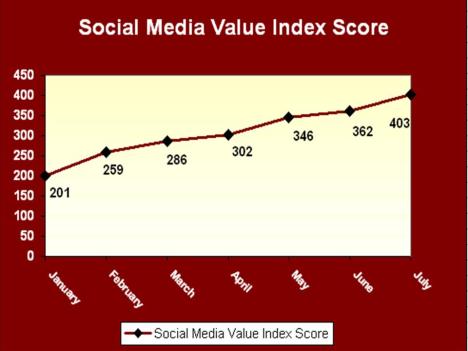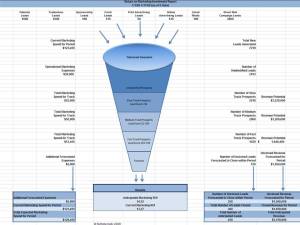I recently returned from the Inbound Marketing Summit (IMS09) in Boston and had the chance to meet several social media junkies; many of them already had the support of their management teams. However, I know that we are in the minority and many of you are still trying to get positive support to use social media in your business. It’s kind of like putting together the pieces to a puzzle that looks complicated at first, but afterwards it seems far simpler.
Here are my thoughts on a couple of the objections I heard from you in regards to return on investment (ROI).
You can’t show ROI in social media – While it is true that tracking ROI in social media is not as clear cut as other channels, you can absolutely track ROI. It does require an engaged IT team to connect your social media monitoring tool (I like Radian6) with your CRM, making it not only possible, but realistic. And trust me, ROI is extremely important; you’ll never hear me say otherwise. However, there are some misnomers that you need to be aware of if you are getting ready to fight this battle.
Prospecting – First, the sales cycle is likely to be longer if your first engagement with a prospect is through social media. Why? First, because you aren’t out their pimping your services to everyone who will listen. Instead you are building relationships hoping that if your products and services fit your new “friends” needs they will consider you. Also, you might be engaging them long before they’ve searched for a solution or even know they need one. This part of the research phase typically doesn’t include any involvement by your company and is handled solely in the minds of your consumers. At some point they will decide they need a solution and likely do some sort of search and you hope that they think of or remember you. Direct intervention in the pre-research stage of the sales cycle has always been out of reach for businesses. Because of this millions get spent for “branding” campaigns, all aimed at trying to increase recall of your brand. Now you have a chance to engage people and be on their minds while they are in the “thought” stage. To me, not participating in the discussion at this stage is nuts. The ROI will be there if you do your job well in social media, but the close rate and time to buy may be different. So what do you say to that disbeliever?
Well, I liken this to a sales executive telling you not to make that phone call or sales call to a prospect unless you know for sure you are going to get the sale. Could you imagine having to prove out the ROI before you could make the call? That’s ridiculous, and so is not participating in discussions about your industry and your brand within social media channels.
Customer Service – Second, when looking at the benefits of using social media to provide better customer service it can get really dicey. Many times, the revenue is already in the door, but you are looking to build relationships for future purchases. If you were to put the customer service provided in conjunction with social media, up against your traditional customer service channels I believe you would see that it increases efficiency within your service team. I believe the ROI will be the same as with any customer service channel that provides superior service. I won’t go into what would happen if you were providing cruddy service before. If you were to measure the incremental lift in future business when comparing both channels of service, that would be your ROI for social media. If you also showed the value of a more efficient service model, you’d be golden. But you haven’t sold your executive yet. So what can you say to that skeptic?
If our phones in customer service were ringing off the hook, would you tell our agents not to answer them unless they could prove they would lead to future sales? Of course not. So why can’t we answer the phone? It’s ringing…it just happens to be in cyberspace.
The bottom line is that if you can put social media into the perspective of the current things you are doing within the organization, you may have an easier time selling social media through. And if you can talk of social media with stories related to the first time your company tried another new selling method such as a telesales force or even their first e-commerce site, hopefully they’ll remember that the beginning was slow but the ROI came. It might be a different volume of ROI and it might be a different conversion rate, but it’s there. And it will be for social media too. Good luck! Please share your story in the comments section.
Image provided via Free Stock Photos for websites – FreeDigitalPhotos.net
Filed under: Social Media | Tagged: Innovative Marketing, Return on Marketing Investment, ROI, Social Media, Success Measures | Leave a comment »






